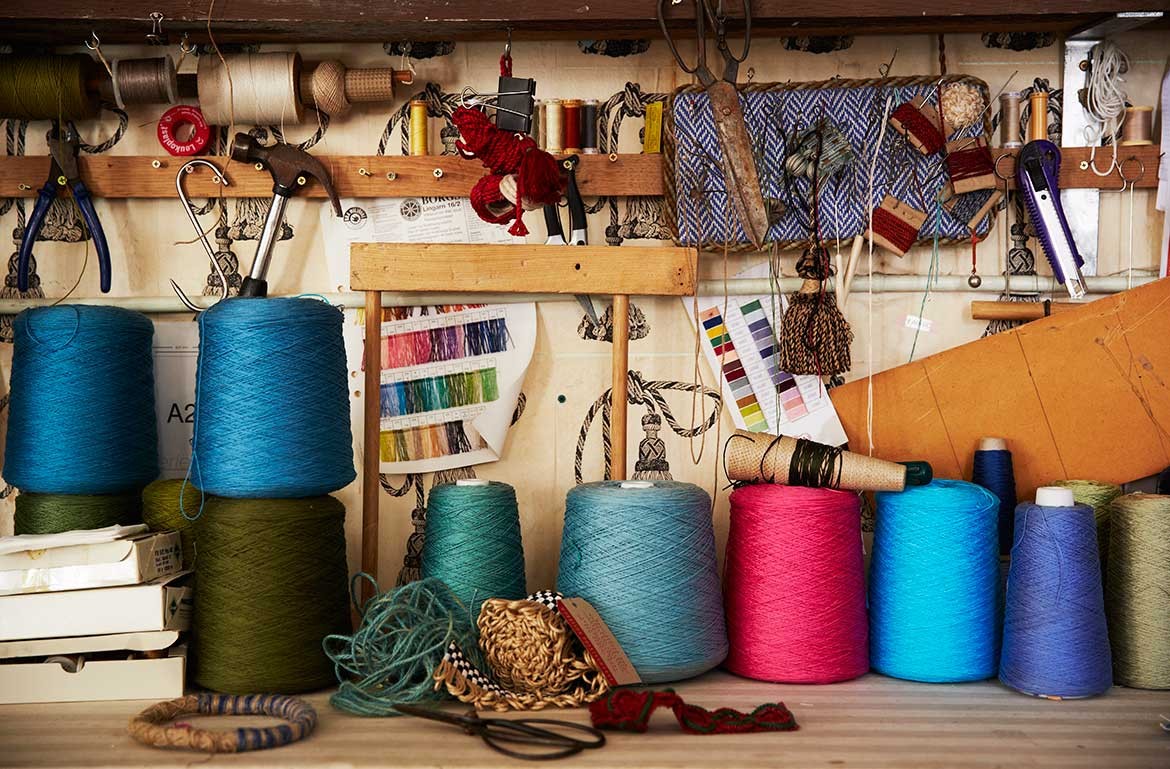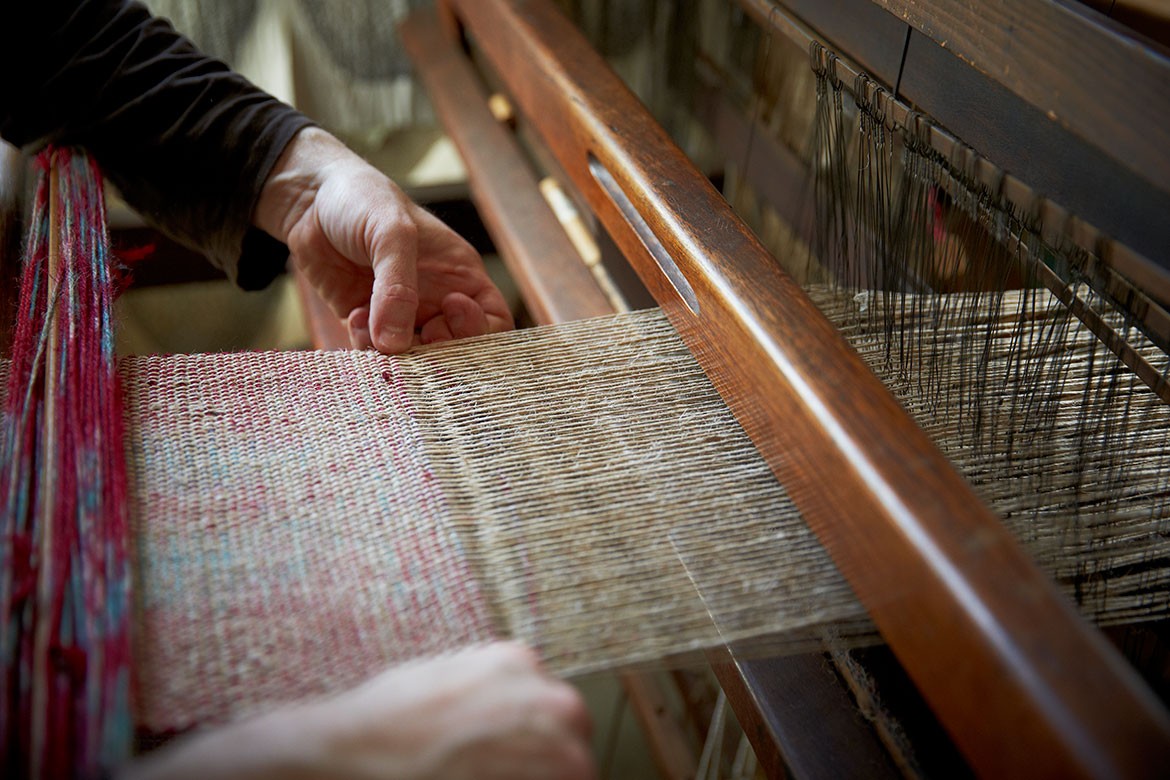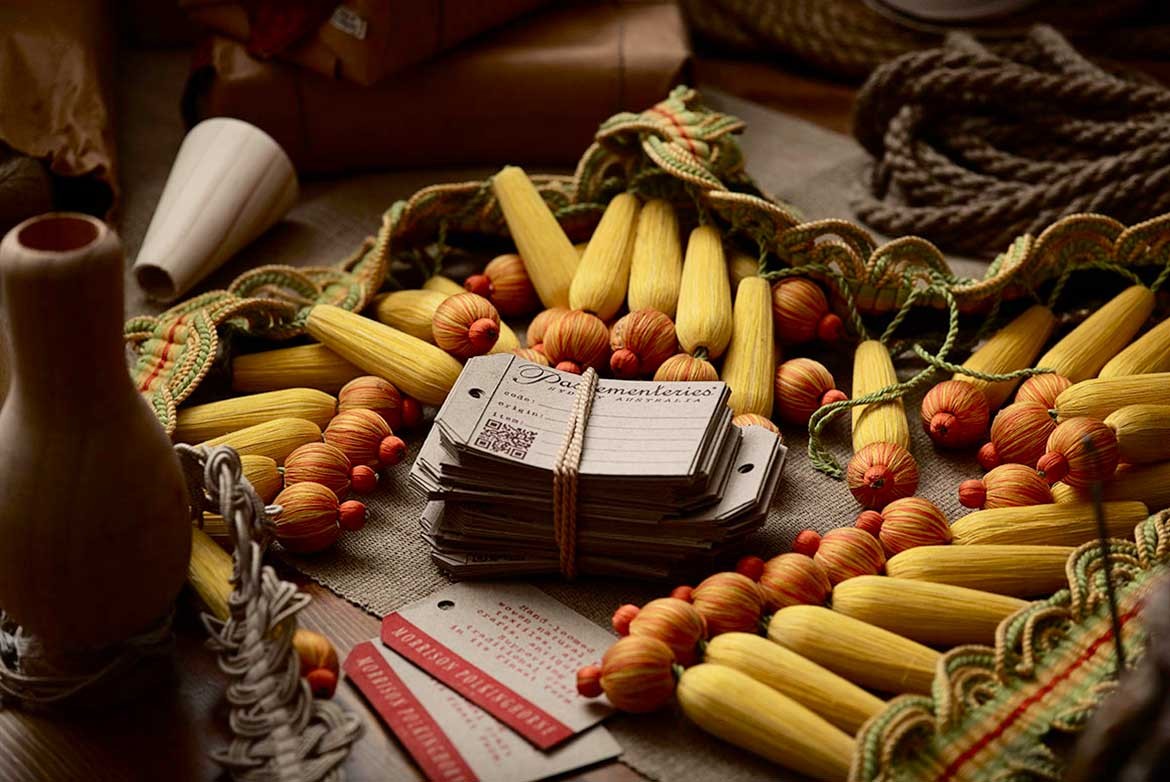Call me mad but two years ago I bought an Edwardian dress for my daughter, then four, to wear at a wedding. She still wears it now but a few months back two of the hand-crocheted buttonholes came undone. I knew my favourite tailor didn’t have the time to crochet buttonholes (and I didn’t have the skill) so after a fruitless search for help I posted the dress to my Mum in England, who did a beautiful job and posted it back.
I’d bought the dress from Beth Armstrong, a filmmaker and avid collector of antique clothing in inner-west Sydney. She told me she used to work with a young Indian woman who learned her sewing skills from her grandmother. “Her work was exceptional and she could do any cross stitch, Victorian padded embroidery, invisible mends with the finest thread of silk.” When that seamstress moved on even Beth – with all the contacts you could hope for – couldn’t find anyone with the skills to repair an antique sheet. “I took it to be patched by a local tailor and she just machine-stitched a square onto it. The ladies of yesteryear would have rolled in their grave.”
Our dexterous and meticulous ancestors will no doubt have grown tired of rolling in their graves by now, such has been the downward journey of ‘handmade’. Wheelwrighting, manual metal spinning, blacksmithing, coopering and saddle making skills are mostly confined to ‘historical towns’ such as Sovereign Hill, retaining only their novelty value. While it’s true we must continue to forge ahead in manufacturing, are we being too careless with our heritage crafts? ‘Old master’ of timber restoration, 74-year-old Heath Larke simply shrugs and says: “All these skills are going with us when we pass on.”

“Old master” is how a younger peer, plasterer David Hough describes him, but Heath insists on being called a “tradesman”. He’s semi-retired now but can count among his life experiences months spent alone on Fort Denison restoring doors and windows. Indeed he’s worked on his own for 40 years, never being able to afford an apprentice. He recalls “Big Pete” in the 1970s who “did the whole thing himself”; Patrick, who gold-leafed and Ivan who French polished. If their offspring weren’t up for it and the cost of an apprentice was crippling then how could they have passed these skills down?
We almost lost hand-thrown ceramics in the 1990s, a decade that ironically began with Ghost and pop culture’s subsequent lust-affair with a potter’s wheel. Joe Darling, founder of The Pottery Shed in Surry Hills, remembers a stark dip in hand-thrown ceramics due to cheaper overseas mass-production and names one of its saviours as Danish ceramics company Tortus and its ‘rockstar’ founders the Landon brothers, along with a worldwide internet campaign. Now buying and making handmade ceramics only seems to gain popularity with time.
A craft that can’t currently claim the same is upholstery. We need a Ghost equivalent Hollywood blockbuster to make upholstery sexy – cue the scene of a beautiful young couple unpeeling the moth-eaten velvet off an easy chair. Interiors veteran David Clark, who began his career selling textiles, doesn’t know of many learning the upholstery trade today. TAFE offers it but classes only go ahead if enough apprentices register, and though the average salary for an upholsterer is on par with a plumber’s, I find no jobs for the former advertised on Seek.com. Little encouragement for a school leaver, but perhaps we need to market upholstery as the acquired craft it could be; much sought-after by top interior designers. Apprentice upholsterers should learn the skill of not selling themselves short or ‘how to ask for more money’.

Morrison Polkinghorne skipped a career in upholstery to funnel his skills into an even tighter niche. The textile designer is one of only a few in the world to specialise in passesmenteries – hand-crafted French-style trimmings, braids and tassels. He’s created custom fit-outs for the Prime Minister’s residence and the Packers. Like many of these skills, passementeries is time-consuming and resource-heavy but, more importantly perhaps, can be taught to anyone possessing a little patience.
It might be too early to sound the death knell for many historical crafts because each one I find seems to have a dedicated champion quietly beavering away in a corner of the world. And each heritage council across Australia knows at least a handful of craftspeople who help preserve and restore our protected built environment. It could be as simple as matching each master with a couple of eager apprentices, but then nothing is that straightforward – it took months just to fix a pair of broken buttonholes.
Photography by Nikki To



